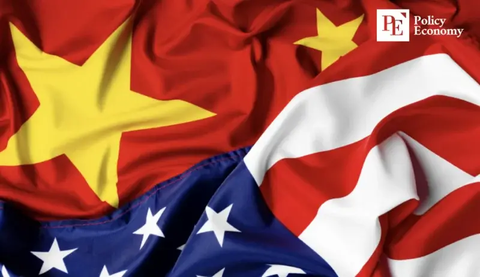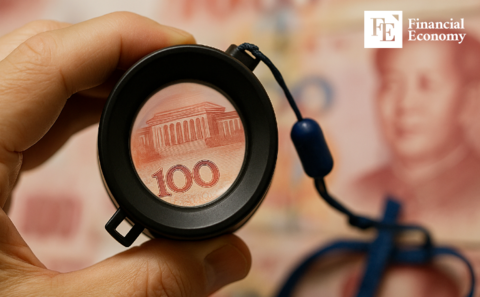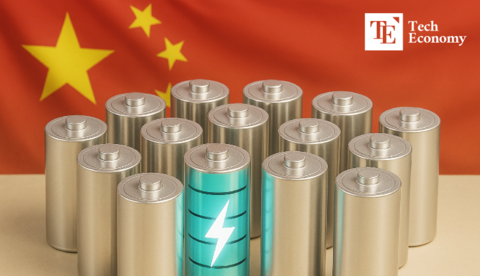Wall Street Lowers China Growth Forecasts Amid U.S.-China Trade War
Input
Modified
Global Investment Banks Lower China’s Growth Forecasts Beijing Plans to Expand Large-Scale Stimulus Measures Tariff Damage Seen as Too Severe to Fully Offset with Policy Support
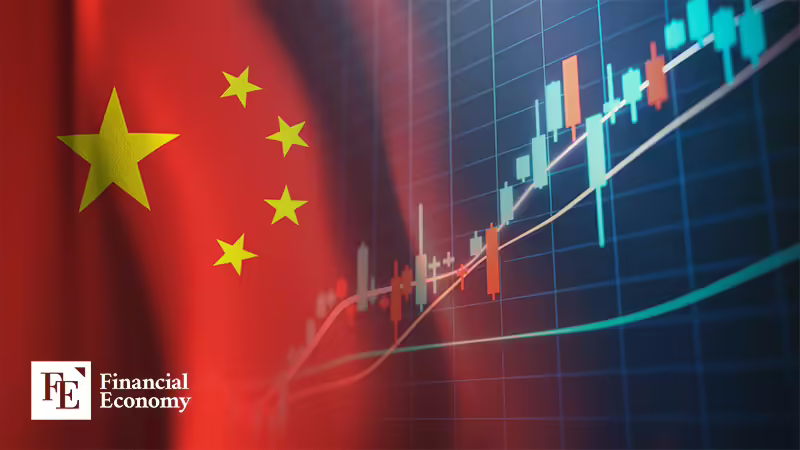
Following U.S. President Donald Trump’s decision to raise tariffs on Chinese goods to 125%, major investment bank Goldman Sachs has lowered its forecast for China’s economic growth. The firm cited increased downside risks to China’s outlook, warning that even with additional stimulus measures from Beijing, it will be difficult to fully offset the negative impact of the steep tariff hike. As a result, Goldman now sees mounting pressure on China’s growth trajectory in the face of sustained trade tensions.
Goldman Sachs Slashes Forecast from 4.5% to 4.0%
On April 10 (Korean Standard Time), Reuters and Bloomberg reported that Goldman Sachs revised its 2024 economic growth forecast for China down to 4%, from its earlier projection of 4.5%. The 2025 forecast was also lowered, from 4.0% to 3.5%. This marks a notable divergence from Beijing’s official target of around 5% growth this year.
The downgrade came shortly after former President Donald Trump announced an increase in tariffs on Chinese imports from 104% to 125%, effective April 9. Goldman Sachs warned that this sharp tariff escalation poses a significant burden on China’s economy and labor market, even if the marginal impact of further tariff hikes may be diminishing. The investment bank added that the shock to China may lessen over time, but the ripple effects remain potent.
Goldman Sachs also expects China to respond with more accommodative monetary policies. It revised its forecast for a rate cut by the People’s Bank of China (PBoC) from 40 basis points (bp) to 60bp, though it noted that even aggressive monetary easing may not fully offset the negative impact of the new tariffs.
Ground-Level Sentiment: “Gap Between Official Data and Reality”
Other institutions echoed Goldman’s concerns, forecasting a slowdown in China’s Q1 GDP growth compared to Q4 2023’s 5.4%. Standard Chartered projected 5.2%, while an economist survey by Nikkei suggested only 5.0% growth. Nikkei cited the added pressure from Trump’s tariff escalation as a key factor behind the deceleration.
On the ground, Chinese citizens and business owners are reporting far worse economic conditions. According to the Financial Times, the owner of a printing and advertising company in Beijing said, “I don’t know where the government’s growth figures are coming from—2024 has been the worst year in my 20 years in business.” A Peking University economist added that the gap between official GDP and real economic activity appears to be widening, with CPI below 1% for months and PPI in negative territory for over two years, supporting anecdotal evidence of stagnation.
Signs of recession are increasingly visible. A credit officer at a bank in Anhui Province reported a 20% decline in outstanding loan portfolio value since the beginning of the year. A manufacturing company in Hangzhou cut its workforce from 1,700 to 1,100. Meanwhile, a state-owned enterprise employee in Fujian noted that despite being promoted in early 2024, their salary is 1,000 yuan ($140) lower than in 2023, and wages are now over 20% lower than three years ago, even after government-prompted investment acceleration.
According to the National Bureau of Statistics, China experienced annual growth rates well above 7–8% from the early 2000s to 2012, peaking at nearly 14% in 2007. However, FT Research data shows a steady decline in both growth targets and actual results since 2014, with the government now settling around 5% targets. In 2020, growth fell to just 2% due to the pandemic, and no official growth goal was set that year.
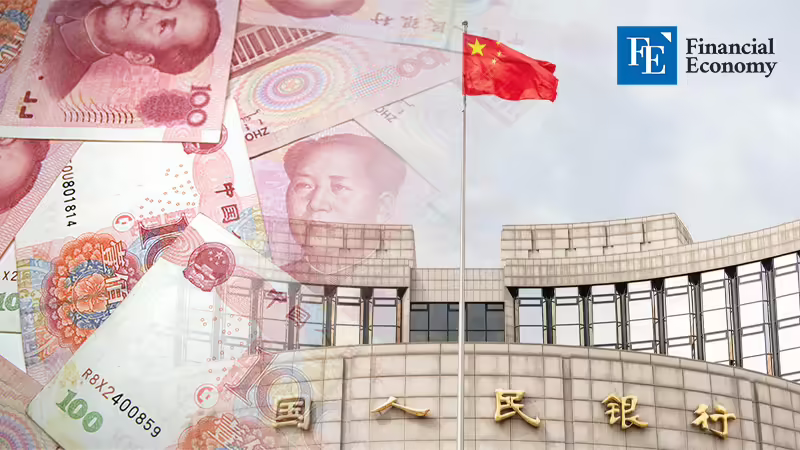
Beijing Signals More Stimulus: Rate Cuts, RRR Easing, Fiscal Expansion
In response to the latest U.S. tariff offensive, Chinese authorities are preparing countermeasures. The People’s Daily, the official mouthpiece of the Communist Party, stated that Beijing had anticipated U.S. economic pressure and developed a flexible response plan. It emphasized that rate and reserve requirement ratio (RRR) cuts could be enacted at any time, and affirmed that China's economy is resilient enough to withstand U.S. pressure.
Additional measures are expected to support hard-hit industries, consumption, and stock markets. The paper also stressed the need to expand domestic demand, calling consumption the "engine and stabilizer" of growth and urging maximum utilization of China's vast internal market to mitigate external shocks.
Global investment banks predict imminent stimulus measures. Robin Xing, a Chief China Economist at Morgan Stanley, said the tariff hike may be more damaging than the 2018–2019 round, urging China to accelerate planned stimulus and introduce new easing tools. Similarly, UBS forecasted that within the next two months, the PBoC could cut the RRR and lower the benchmark rate by 30–40bp.
UBS also estimated that the latest tariff measures could shave 1.5 percentage points off GDP growth for both China and the U.S., suggesting China would need fiscal spending worth 1.0–1.5% of GDP to compensate for the shortfall.



